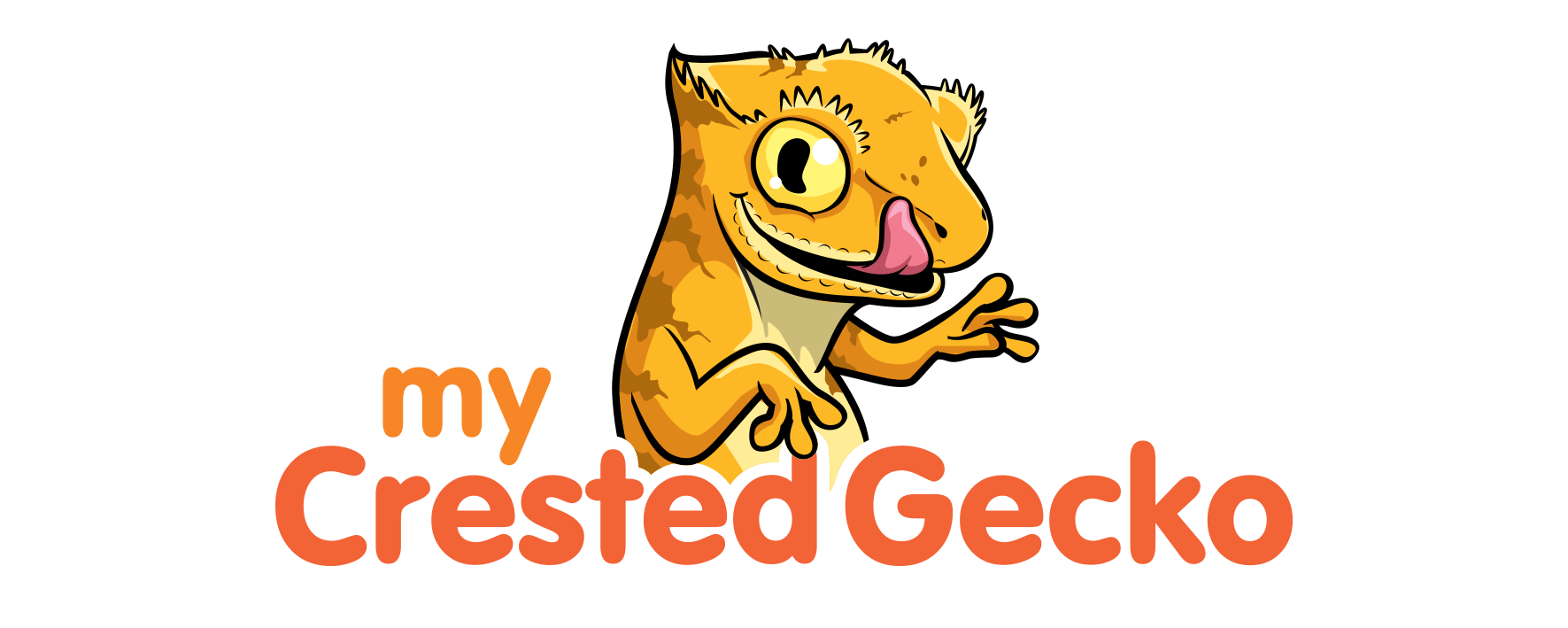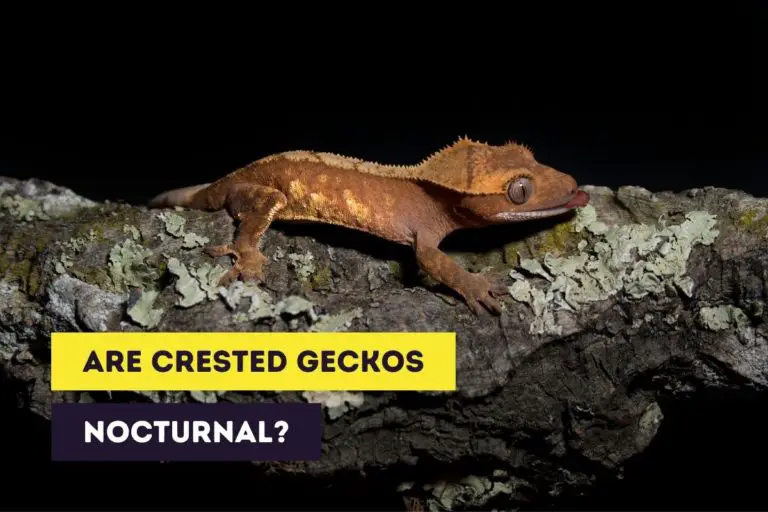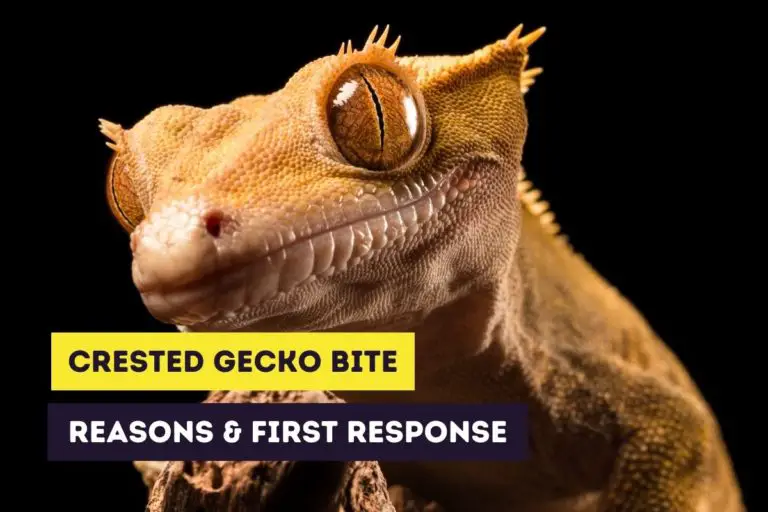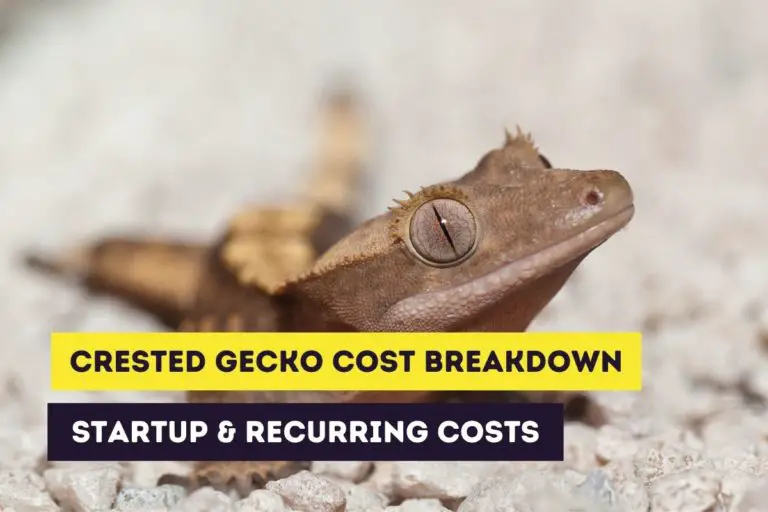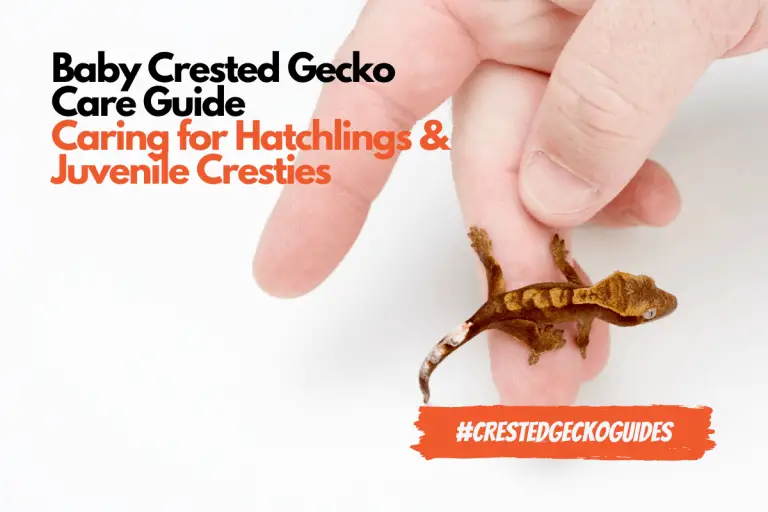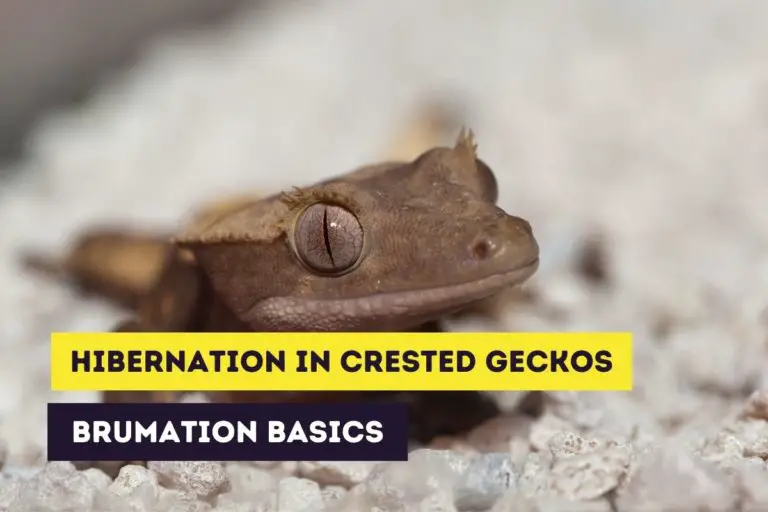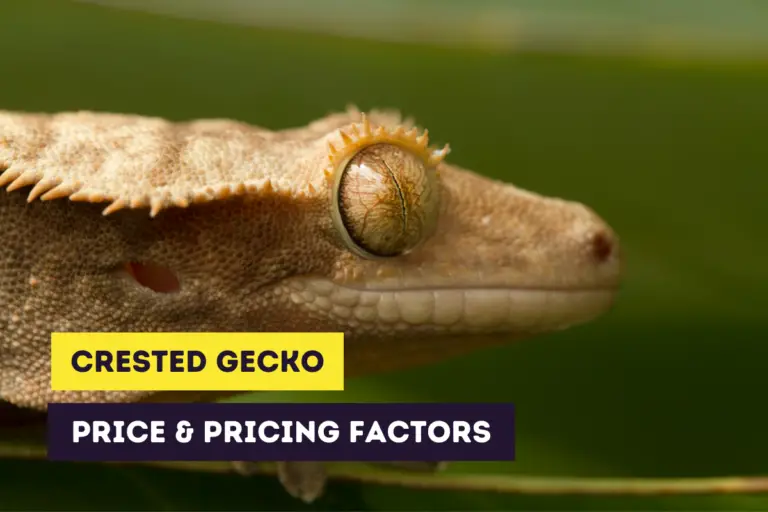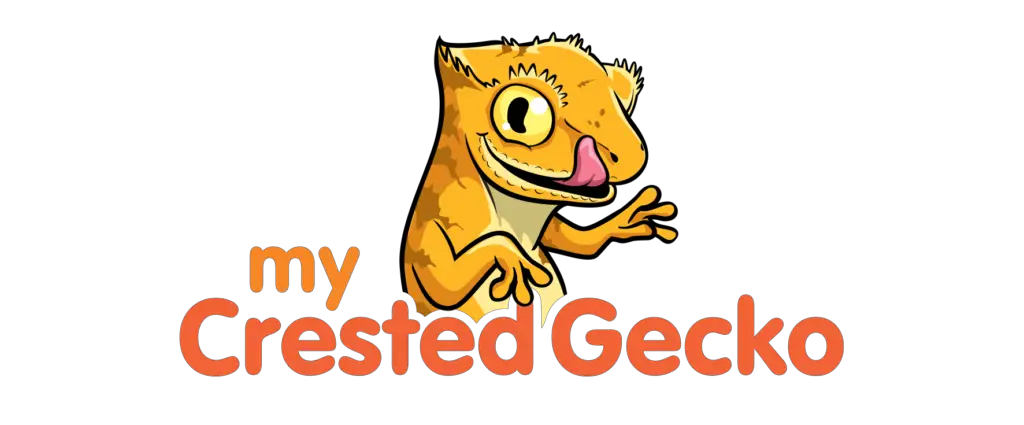Ultimate Guide to Crested Gecko Morphs
Most people want to have attractive looking pets. Although lizards are beautiful by themselves, the crested gecko has a peculiar characteristic that makes them even more popular. It’s the fact that they come in all kinds of colors and pattern variations.
Did you already look online to buy a crested gecko? You probably noticed that there are tons of weird names for different colors and patterns. There are morphs called flame, dalmatian and harlequin and a lot more.
But if you’re a newbie gecko owner you probably don’t have any clue on what those different names even mean and you definitely can’t distinguish one from the other. That’s why I created this guide to help you understand the different morphs out there.
This site contains affiliate links to products we recommend and use ourselves. We may receive a commission for purchases that you make through these links. If you’re interested in learning more about our affiliate links, please visit our (affiliate) disclaimer.
If you’re interested in stickers or other products of crested geckos, you can always visit our Etsy Shop, which is called Artful Animalia. We currently only send stickers in the United States. If you’re interested in certain crested gecko-related products, don’t hesitate to contact us.
What Is a Morph?
Crested geckos are polymorphic. This means that they come in an infinite number of color and pattern variations and combinations. A specific combination of pattern and color is called a morph.
In the wild, there are different crested gecko morphs but selective breeding has contributed to the current large diversity of morphs.
Does My Crested Gecko’s Color Change?
The color of your crestie can change depending on a few elements.
When you buy a hatchling or juvenile crested gecko they might have a specific dark color like red or yellow. But the color in these early life stages does not say everything about the color as an adult. When cresties are between 6 and 7 months they show their adult color. To be entirely sure of the final color you have to wait even a little bit longer. But at the age of 1 year, there won’t be any more changes.
Crested geckos also change color depending on their mood and their surroundings. If they’re on high-alert or reacting to their environment, they get “fired up”. When your gecko is sleeping, you may notice he becomes “fired down” and his skin tone gets a little darker. Some geckos are always firing up and some never do – because each gecko has his own personality.
Finally the color can change when:
- the temperature is not right
- you start to breed crested geckos
- there are too many cresties in the same enclosure
These are all things that can create stress for your crested gecko. This stress can cause a (slight) change in color.
Crested Gecko Morphs
The morphs of crested geckos can be separated in color morphs and pattern morphs. The final name of a morph will contain both the color and pattern variation.
For example:
- Red Flame
- Patternless Buckskin
- Yellow Tiger
Color Variations
Morphs with one base color
Buckskins are generally brown, yellow or tan. This color is probably closest to the crested geckos in the wild. Buckskins – especially the lighter colored buckskins – are often used in selective breeding.
Yellow crested geckos are – of course – yellow in color. If they have a bright yellow color they’re also called sulfur.
The crested geckos with red color are very popular and tend to not change that much in color. Just as is the case with other colors, there are cresties with a dark red color and those with a lighter red color.
Crested geckos aren’t found in a real green color but there are olive green morphs. Olive green is a combination of yellow and black. A true green color (yellow and blue combined) is not possible since crested geckos lack a blue pigmentation. This color morph comes in darker color schemes as well as pastel colors.
Orange crested geckos are another popular color morph. There are light orange and darker orange cresties.
The dark brown or chocolate color morph is quite unusual. These cresties look almost black and are very popular among breeders.
Bi-color
Bicolor cresties have two distinct colors, one on the head and dorsal and another on the body and legs. The two colors can be totally different but will often be the same color in different tones. Bicolor cresties are sometimes confused with the fire/flame morphs.
Tri-color
Tri-color crested geckos have three different colors which usually are yellow, brown and cream. Tri-colors are often found in Harlequin or Pinstripe morphs.
Pattern Variations
Patternless
A patternless crested gecko won’t have a true pattern. They have a solid body color of red, orange, yellow, olive, buckskin, chocolate, near-black, and all kinds of shades in between. A patternless crestie is often described in terms of its color, for example, patternless red.
Tiger
The tiger morph comes in orange, yellow, olive, buckskin, chocolate, and near-black. There are also red tigers but they are incredibly rare. Tigers have a pattern with vertical stripes that are often darker than the rest. A tiger with extreme patterning is also called a super tiger, brindled or super brindled crested gecko.
Fire or Flame
The fire or flame morph has – just as a bicolor – two distinct contrasting colors. The color of the body and legs is the so-called identifying color while the contrasting color is shown on the head and dorsal area. Fire morphs come in any kind of color and generally have a cream patterned dorsal. The whiter creams are more desired but this is a personal choice.
Harlequin
A harlequin looks a lot like a flame morph but has a lot more patterns. There will be one color over the majority of the body, the identifying or base color. A second contrasting color is seen on the head, dorsal area and the legs. The base color is usually red or near-black and features cream, yellow or orange.
There are also extreme harlequins that have a lot of white or cream pattern – at least 60% compared to the base color.
Pinstripe
Most pinstripe geckos are flame or harlequin morphs. The outside of the dorsal will feature raised cream-colored scales while the rest of the gecko’s back may have a flame pattern or a solid cream color. A reversed pinstripe has a dark line below the dorsal scales while a phantom pinstripe is a gecko whose dorsal area is muted in color.
Dalmatian
Dalmatians aren’t a real morph but are more considered as an independent trait of a gecko. The dalmatian “morph” can be combined with all kinds of other morphs. Dalmatian cresties look like a dalmatian and have spots that vary in color and size. There are black, red, yellow, orange green and white spots.
There are also super dalmatians, these are cresties with more than 100 spots.
Brindled
The brindled morph is closely related to tiger morphs. Brindled cresties have patterns that are darker in color than their base color.
Chevron-back
The chevron-back crestie has a V-shaped pattern on their back. These so-called chevrons are often in a cream-yellow color.
White-fringed
The white-fringe morph has a white line on the back legs. Sometimes a crestie that has a similar marking on the knee or around the feet is also called white-fringed.
Some Special Morphs
Selective breeding has created really special morphs that are often more expensive than the more common morphs. They’re also called “designer morphs” and are the product of combining multiple morphs.
Creamsicle
The creamsicle morph is a crested gecko that looks a bit like a creamsicle. This kind of morphs typically has a cream dorsal flame pattern. The colors are orange, red/orange and yellow/orange.
Halloween
The halloween morph is a harlequin or flame morph in a chocolate/orange color combination.
Cream
The cream morph has similarities to the flame morph and has a pattern on the back and head that has a creamy white color.
Moonglow
The moonglow morph is probably one of the most discussed ones. A moonglow is supposed to be a fully white crestie. They are often a bright-yellow crestie with cream. There are a lot of breeders that try to create real moonglows which isn’t that easy.
Want to Learn More?
If you want to learn more about crested geckos as pets, please read the following articles.
If you’re interested in getting crested geckos as pets you should also definitely read our article about baby and juvenile crested gecko care or (adult) crested gecko care.
